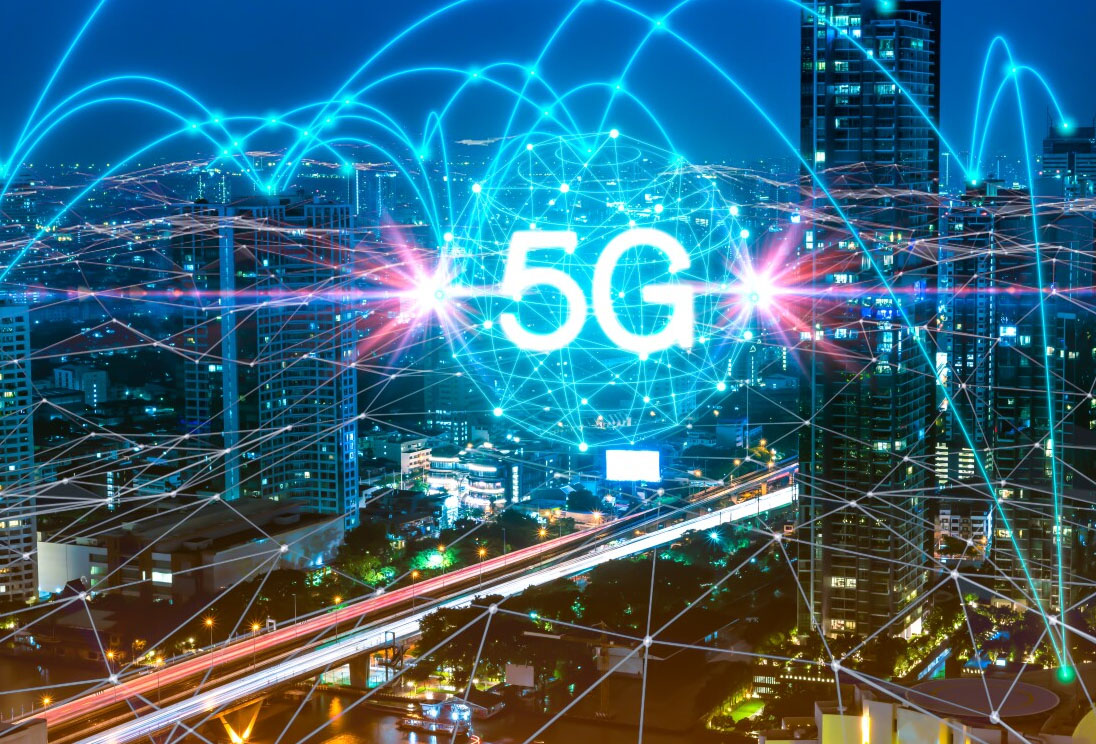
Photo Credit: Shutterstocj
In the digital age, connectivity is king, and the advent of 5G technology represents a significant leap forward in our ability to stay connected, access information, and interact with the world around us. As the fifth generation of wireless technology, 5G promises to deliver faster speeds, lower latency, and greater capacity than ever before, revolutionizing industries and enabling new applications that were once considered science fiction.
Here, we will delve into the world of 5G technology and beyond, exploring its potential impact on our lives and the future of connectivity.
At its core, 5G technology is all about speed and efficiency. With theoretical download speeds of up to 10 gigabits per second (Gbps) – 100 times faster than 4G – 5G promises to deliver blazing-fast internet speeds that will enable seamless streaming, real-time gaming, and lightning-fast downloads. This increased speed and bandwidthwill not only enhance the user experience but also unlock new possibilities for innovation and creativity in areas such as augmented reality (AR), virtual reality (VR), and immersive media.
In addition to speed, 5G technology offers significantly lower latency, or the time it takes for data to travel between devices and networks. With latency reduced to just a few milliseconds, 5G will enable ultra-responsive applications and services that require instantaneous communication, such as remote surgery, autonomous vehicles, and industrial automation. This low latency will also pave the way for the Internet of Things (IoT) to reach its full potential, connecting billions of devices and sensors in real time to enable smart cities, smart homes, and smart infrastructure.
Moreover, 5G technology boasts greater capacity and reliability than previous generations of wireless technology, thanks to the use of advanced antennatechnologies and spectrum optimization techniques. This increased capacity will allow 5G networks to support more devices and applications simultaneously, without sacrificing performance or speed. As a result, 5G will enable a wide range of innovative
use cases, from smart transportation and energy management to remote education and telemedicine.
Looking beyond 5G, researchers and engineers are already exploring the possibilities of next-generation wireless technologies, such as 6G and beyond. These future technologies are expected to build upon the foundation of 5G and introduce even more advanced features and capabilities, such as terahertz-frequency communication, massive MIMO (multiple-input multiple-output) antenna arrays, and quantum communication. While it may be several years before these technologies become a reality, the promise of even faster speeds, lower latency, and greater capacity holds tremendous potential for the future of connectivity.
5G technology represents a significant milestone in the evolution of connectivity, offering faster speeds, lower latency, and greater capacity than ever before. From enabling new applications and services to transforming industries and enhancing the way we live and work, 5G has the power to revolutionize the world as we know it. And as we look ahead to the future of connectivity, the possibilities are truly limitless, with technologies such as 6G and beyond poised to take us even further into the realm of possibility.
















